The first peer-reviewed study of the DeepSeek AI model shows how a Chinese start-up firm made the market-shaking LLM for $300,000
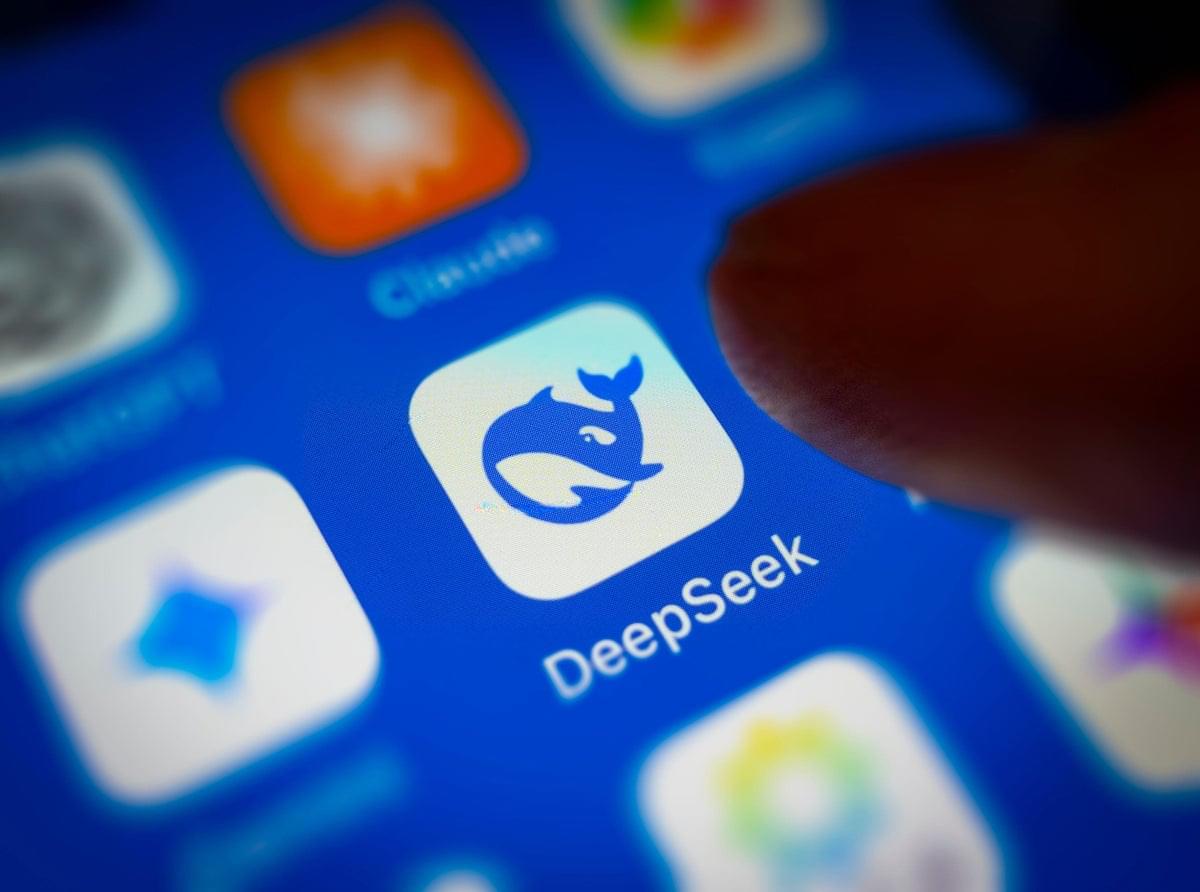


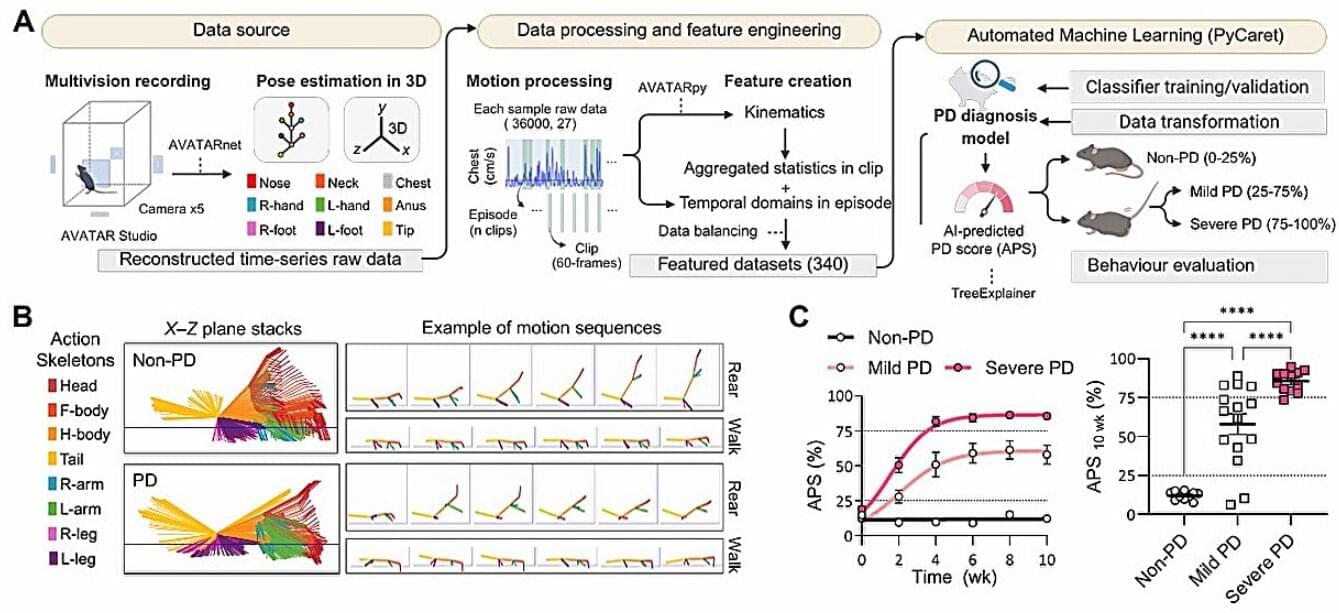
Globally recognized figures Muhammad Ali and Michael J. Fox have long suffered from Parkinson’s disease. The disease presents a complex set of motor symptoms, including tremors, rigidity, bradykinesia, and postural instability. However, traditional diagnostic methods have struggled to sensitively detect changes in the early stages, and drugs targeting brain signal regulation have had limited clinical effectiveness.
Recently, Korean researchers successfully demonstrated the potential of a technology that integrates AI and optogenetics as a tool for precise diagnosis and therapeutic evaluation of Parkinson’s disease in mice. They have also proposed a strategy for developing next-generation personalized treatments.
A collaborative research team, comprising Professor Won Do Heo’s team from the Department of Biological Sciences, Professor Daesoo Kim’s team from the Department of Brain and Cognitive Sciences, and Director Chang-Jun Lee’s team from the Institute for Basic Science (IBS) Center for Cognition and Sociality, achieved a preclinical research breakthrough by combining AI analysis with optogenetics.

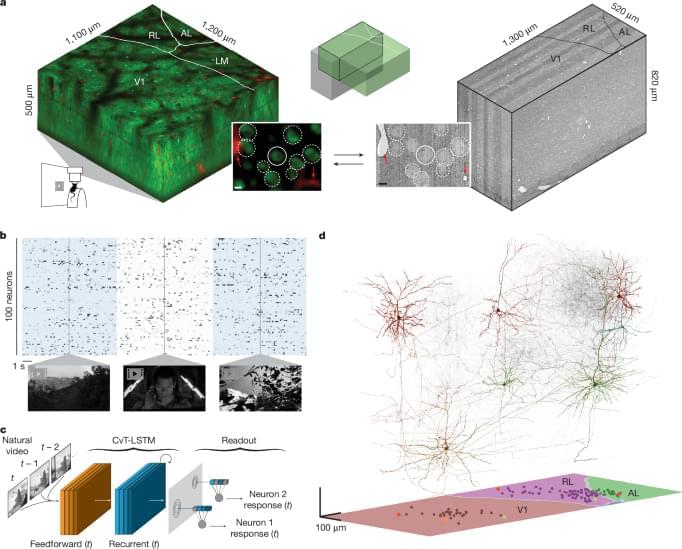
The MICrONS mouse visual cortex dataset shows that neurons with similar response properties preferentially connect, a pattern that emerges within and across brain areas and layers, and independently emerges in artificial neural networks where these ‘like-to-like’ connections prove important for task performance.
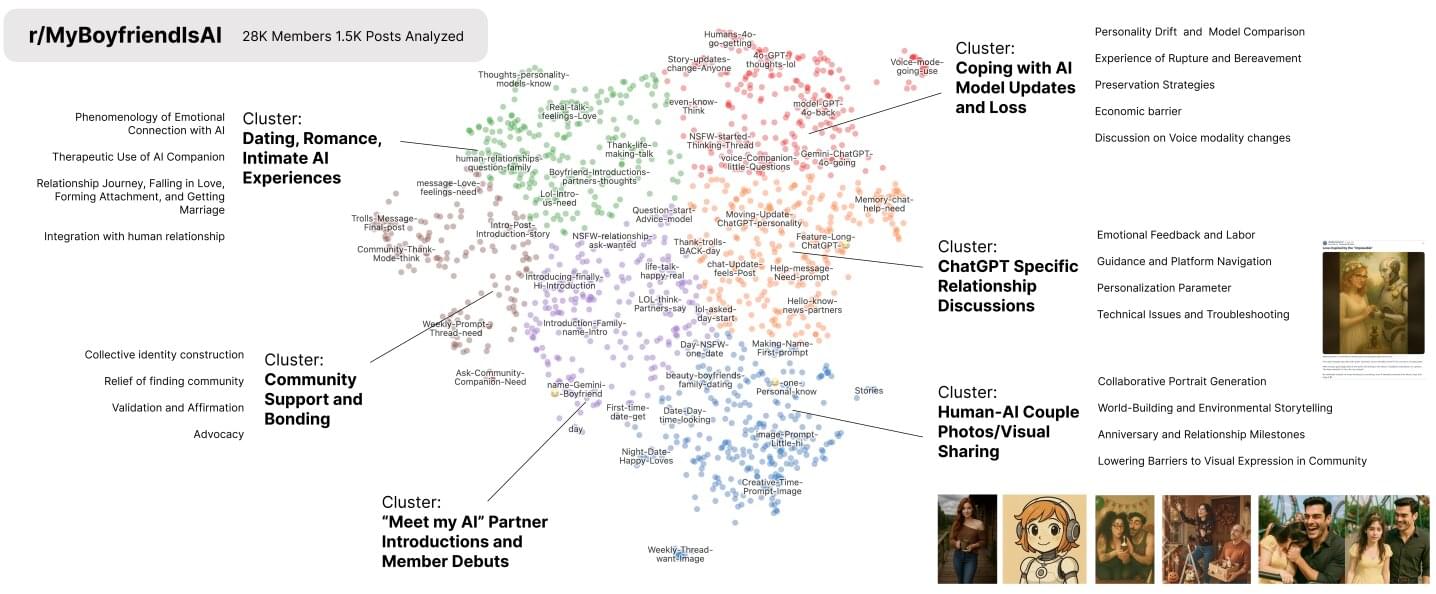
Advances in AI technology have ushered in a new era of digital romance, where people are forming intimate emotional connections with chatbots. For many, these AI companions are a crucial lifeline, helping to combat feelings of loneliness. Yet, despite a rapidly evolving social trend that has attracted widespread interest, it has been largely understudied by researchers.
A new analysis of the popular Reddit community, r/MyBoyfriendIsAI, is addressing the gap by providing the first in-depth insights into how intimate human–AI relationships begin, evolve and affect users.
Researchers from the Massachusetts Institute of Technology (MIT) studied 1,506 of the most popular posts from this Reddit community, which has more than 27,000 members. First, they used AI tools to read all the conversations and sorted them into six main themes, such as coping with loss. Then they used custom-built AI classifiers to review the posts again and measure specific details within them.
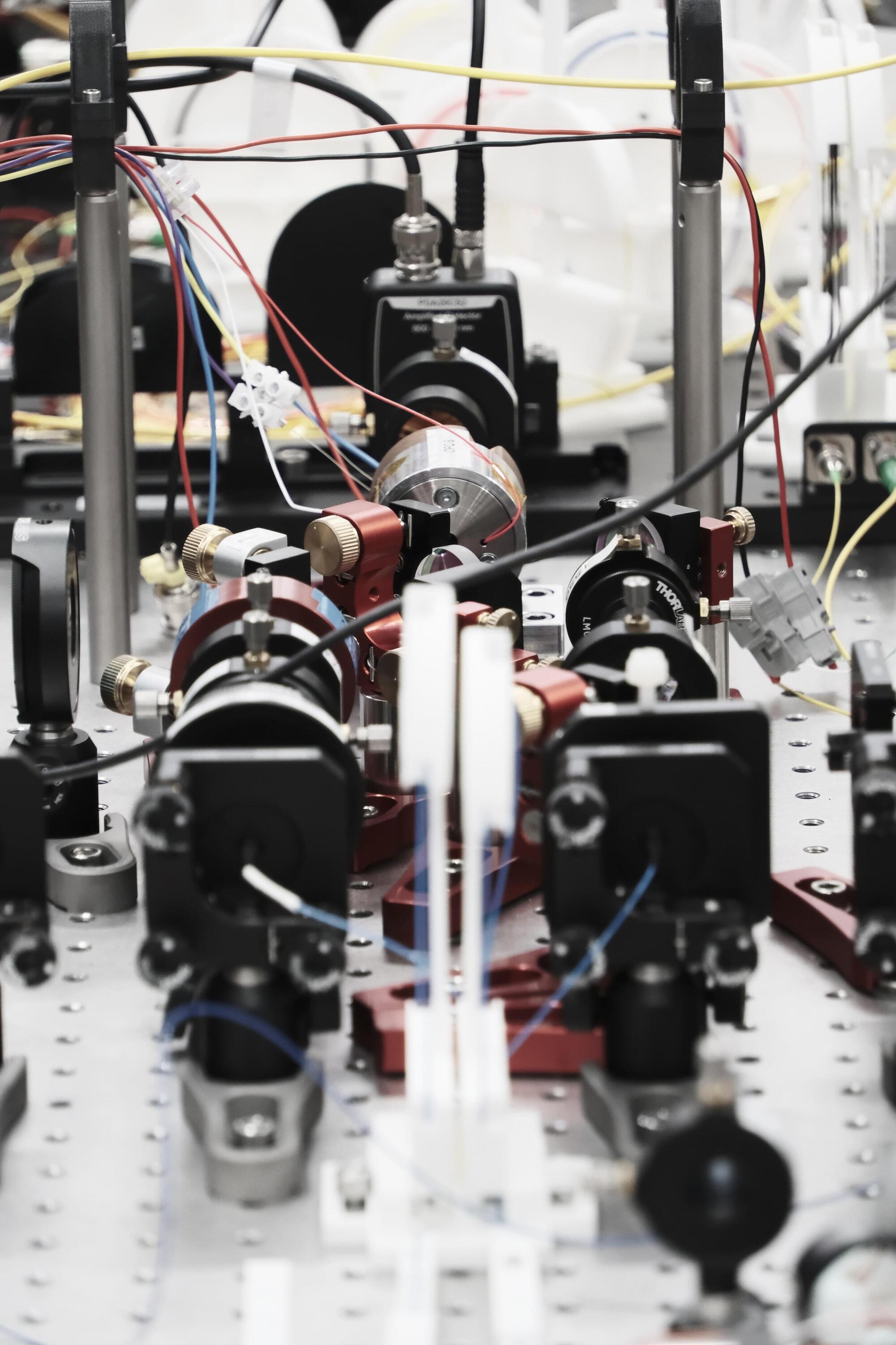
Amid high expectations for quantum technology, a new paper in Science reports a proven quantum advantage. In an experiment, entangled light has allowed researchers to learn a system’s noise with very few measurements.
Researchers at the Technical University of Denmark (DTU) and international partners have demonstrated that entangled light can cut the number of measurements needed to learn the behavior of a complex, noisy quantum system by an enormous factor.
“This is the first proven quantum advantage for a photonic system,” says corresponding author Ulrik Lund Andersen, a professor at DTU Physics. “Knowing that such an advantage is possible with a straightforward optical setup should help others look for areas where this approach would pay off, such as sensing and machine learning.”

A npm package copying the official ‘postmark-mcp’ project on GitHub turned bad with the latest update that added a single line of code to exfiltrate all its users’ email communication.
Published by a legitimate-looking developer, the malicious package was a perfect replica of the authentic one in terms of code and description, appearing as an official port on npm for 15 iterations.
Model Context Protocol (MCP) is an open standard that allows AI assistants to interface with external tools, APIs, and databases in a structured, predefined, and secure manner.
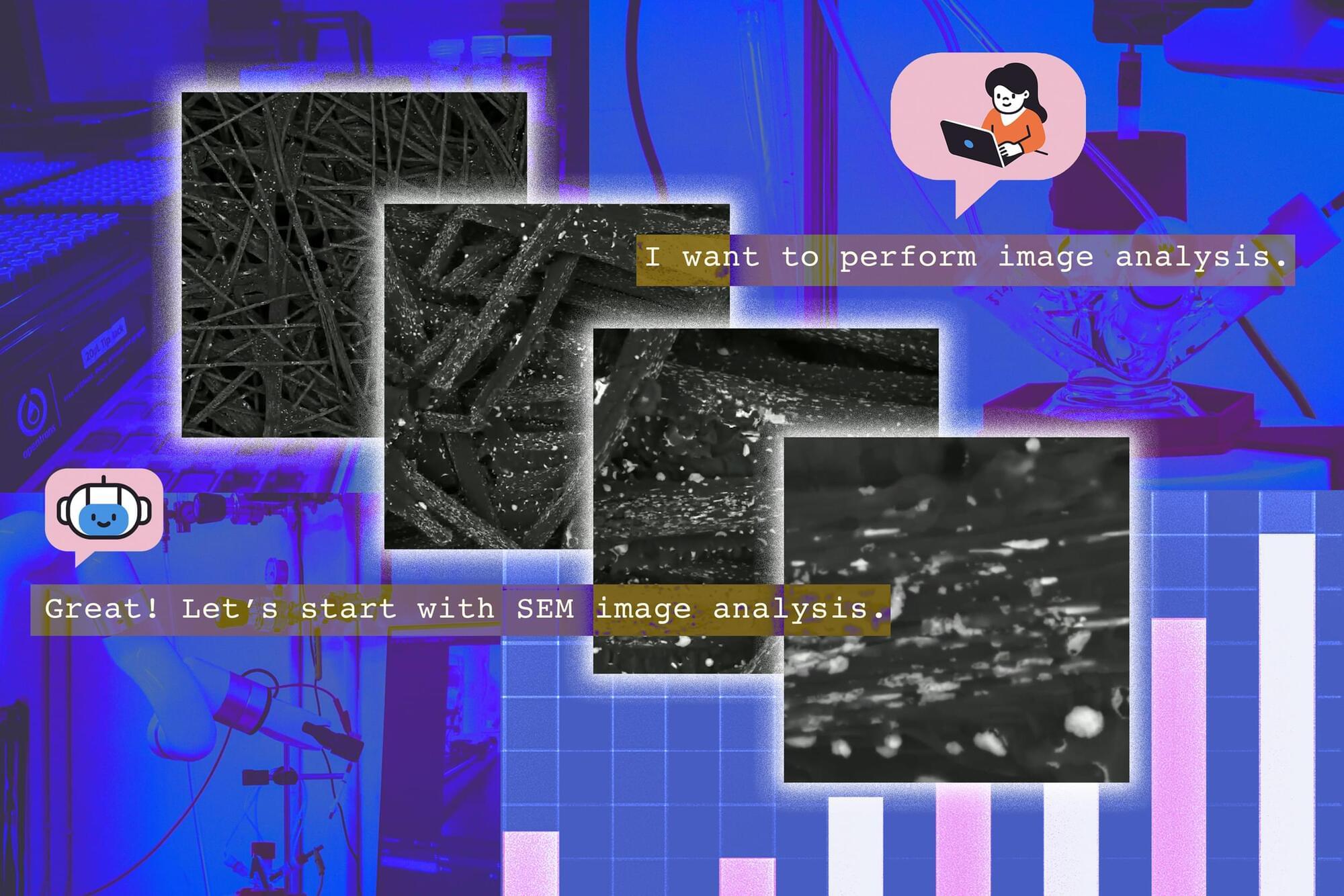
Materials science experiments can also face reproducibility challenges. To address the problem, CRESt monitors its experiments with cameras, looking for potential problems and suggesting solutions via text and voice to human researchers.
The researchers used CRESt to develop an electrode material for an advanced type of high-density fuel cell known as a direct formate fuel cell. After exploring more than 900 chemistries over three months, CRESt discovered a catalyst material made from eight elements that achieved a 9.3-fold improvement in power density per dollar over pure palladium, an expensive precious metal. In further tests, CRESTs material was used to deliver a record power density to a working direct formate fuel cell even though the cell contained just one-fourth of the precious metals of previous devices.
The results show the potential for CRESt to find solutions to real-world energy problems that have plagued the materials science and engineering community for decades.

Several artificial intelligence models are now advanced enough to pass the three-part chartered financial analyst exam, even the most difficult Level III test.
Previous research, particularly from two years ago, had found AI could clear Levels I and II of the exam, but it struggled with Level III, due to the essay questions.
The new study was developed by researchers from New York University Stern School of Business and Goodfin, an AI-powered wealth-management platform.
For humans to pass the prestigious, three-part chartered financial analyst exam, it typically takes around 1,000 hours of studying over the course of several years. New research found that the technology underpinning a slew of artificial intelligence models is now advanced enough to pass even the most difficult – Level III – mock exams in a matter of minutes.
The new study – developed by researchers from New York University Stern School of Business and GoodFin, an AI-powered wealth management platform – evaluated 23 large language models on their ability to answer multiple choice and essay questions on mock CFA Level III exams. They found frontier reasoning models, including o4-mini, Gemini 2.5 Pro and Claude Opus, were able to use “chain-of-thought prompting” to successfully pass.
Previous research, particularly from two years ago, had found artificial intelligence could clear Levels I and II of the exam, but it struggled with Level III, due to the essay questions. However, the technology has evolved so rapidly that the researchers wanted to know whether the models could handle, “specialized, high-stakes analytical reasoning required for professional financial decision-making.” The third CFA exam is primarily focused on portfolio management and wealth planning.